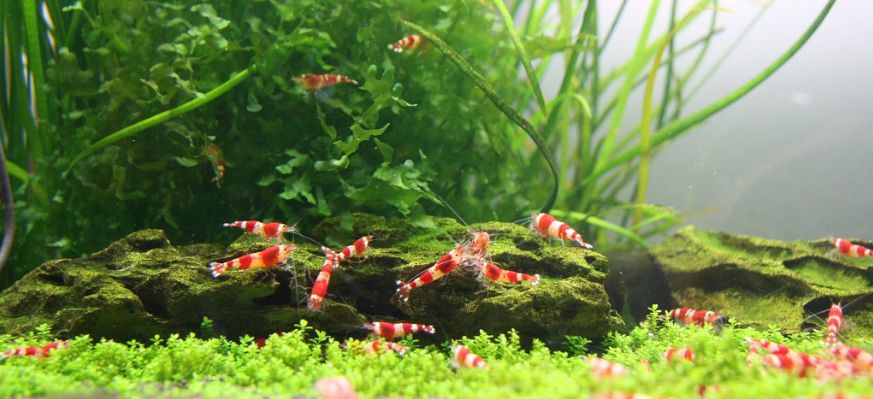
Unless one has some very easy aquarium plants (anubias, Amazon sword, Java fern, Java moss) a planted aquarium needs a source of carbon dioxide.
Carbon dioxide (CO2) does help a great deal with any planted tank. The Aquapros YouTube channel (great channel!) ran a test of CO2 injection. For 40 days they ran two aquariums side by side. The aquarium on the left had no CO2 injection while the aquarium on the right had CO2 injection. The results are rather obvious:
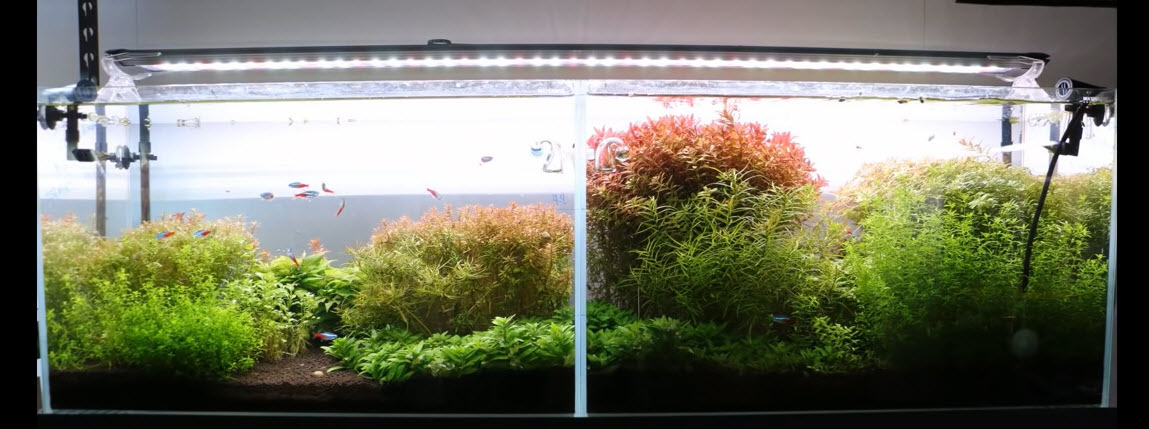
What is the Optimum CO2 level
High tech planted aquarium enthusiasts use 30 ppm as the “gold standard” for carbon dioxide concentration in a high tech planted aquarium. Tom Barr, the guru of planted tanks, recommends 40 ppm. If you have a low-energy planted aquarium, such as low lighting and nutrient levels, then 30 ppm CO2 is not necessary. The plants will be happy with 10 to 20 ppm and this presents less risk to fish.
Also note that if one wants, you do not need to do carbon dioxide injection in a planted aquarium. You simply have to NOT do a lot of aeration or surface water movement. Aeration and surface water movement removes carbon dioxide from the water before the plants can use it. So it will slowly kill most plants.
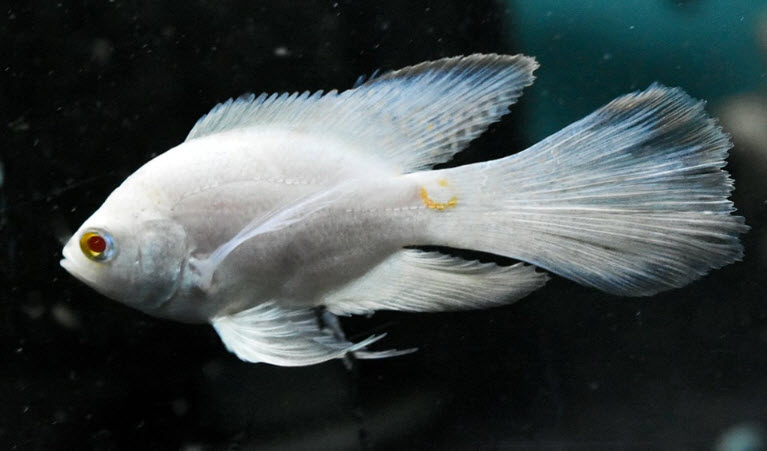
The low tech planted aquarium (low level CO2), low tech pelleted aquarium (wood pellets under gravel), or Walstad aquarium (woody soil under coarse sand) are good options for adding some CO2 to planted aquariums without any significant aeration. See the linked articles below for more details on each. These will take the CO2 levels from 3 ppm to 10 to 15 ppm, which is very good levels for most green plants.
These are a very good option for many people who want planted aquariums. Just don’t put any large fish (over two inches) or a lot of fish in the tank with the plants, as without aeration the fish will die. Also do not use high intensity lighting.
Note I have never had success with any planted aquarium where there is not SOME source of carbon dioxide to bring the CO2 levels up to at least 10 ppm. But that just might be my ineptitude.
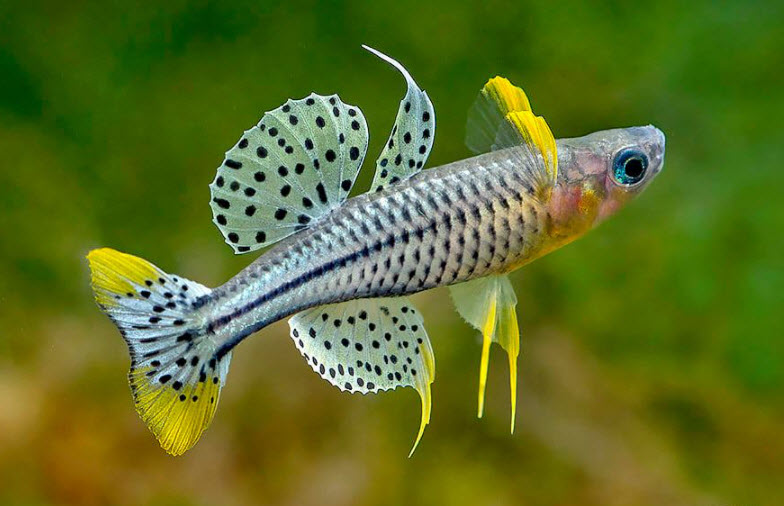
The Design of Carbon Dioxide Injection
There are many ways to add carbon dioxide to a planted aquarium:
- High pressure injection from CO2 tank
- High pressure injection from a citric acid tank (I do not like)
- Low pressure system from a yeast set up (I do not like)
- The Low Tech system
- Soiled tank (Walstad or Father Fish)(soil adds CO2!)
- Wood pellet tank
- Fish food
High pressure injection systems inject carbon dioxide from a pressurized tank into mixing device in the aquarium. There are several types of systems. The system used most often is run off of carbon dioxide cylinders like 5 lbs CO2 aluminum tanks that can be obtained over the internet from welding supply houses and sometimes in beer dispensing supply houses. The containers are shipped empty and have to be filled at local welding supply houses.
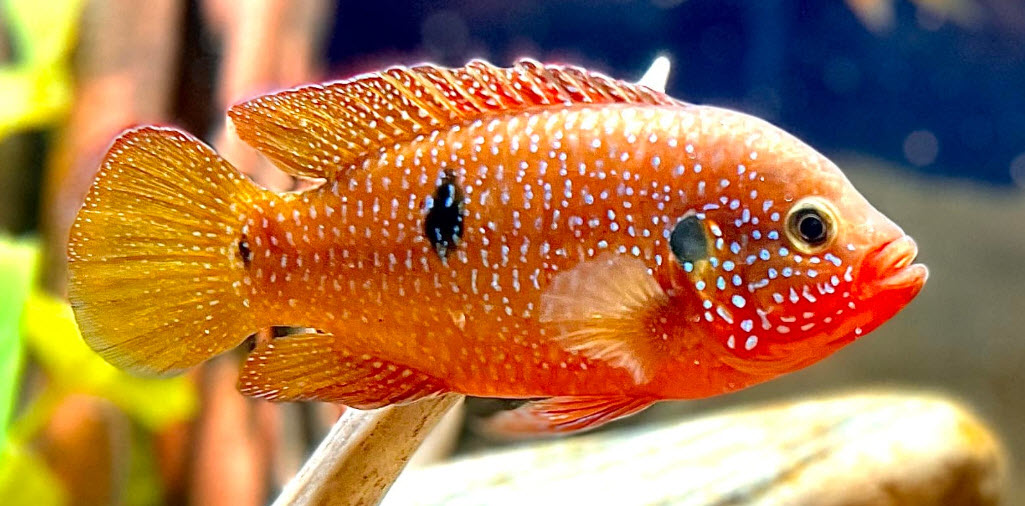
This “High Pressure” CO2 injection system is the system used by most of the “pros” for high tech planted tanks. These systems add carbon dioxide gas (CO2) to raise the carbon dioxide level in the planted aquarium from 2-3 ppm up to 30 or even 40 ppm.
Another high pressure system (Fluval) uses small cylinders of CO2 gas. A closely related system uses a paintball CO2 system. Another type of system uses citric acid and baking soda to create the CO2. These are typically high pressure systems with pressure cylinders and pressure regulators.
The only two systems I do not recommend are high pressure injection from a citric acid tank and low pressure system from a yeast set up. They are both just a constant hassle and not worth the effort.
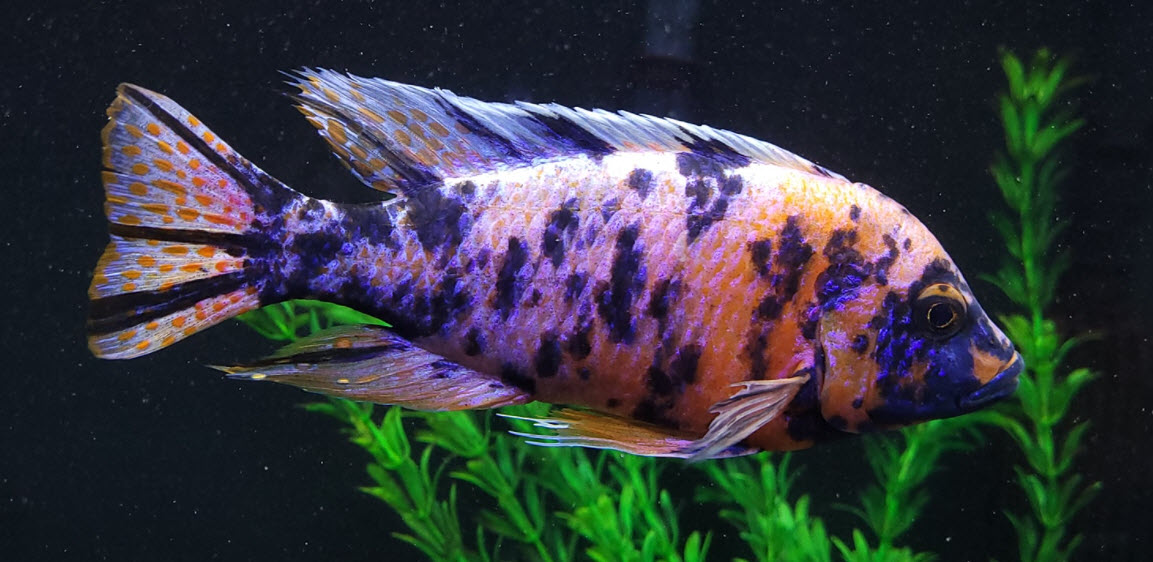
Science of Carbon Dioxide and Plants in the AquariumThis is largely based on an excellent article in Practical Fishkeeping, “CO2: Striking the Balance”, June 13, 2016:
“Carbon dioxide (CO2) injection in planted aquaria has become very popular and ever more manufacturers are supplying user-friendly kits. Carbon is the most important element for plant growth and gas injection is the most effective way to provide this nutrient. However, it is not a simple case of adding as much as possible. This gas is highly toxic when overdosed and is probably the biggest cause of livestock fatalities in high tech planted aquariums. It is therefore vital to test or monitor gas levels in the long-term.
A CO2 content of 30 parts per million (ppm) or milligrams per liter (mg/l) is safe for most fish. However, the toxicity threshold can vary considerably, depending on dissolved oxygen (O2) levels. In aquariums with relatively low levels of O2, the fish will be more sensitive to the gas, but in aquariums with high levels of O2 the safe threshold limit of CO2 increases.”
.
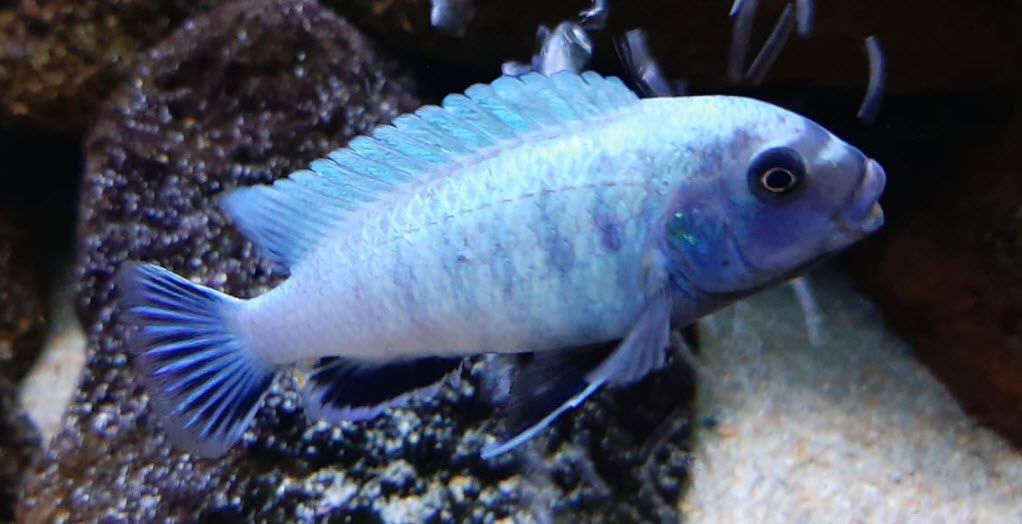
Because of something called the Bohr/Root effect high levels of carbon dioxide in the water reduce the oxygen carrying ability of the fish’s blood. Above very roughly 40 ppm carbon dioxide this CAN become fatal in some sensitive fish. This is the reason for the 40 ppm level cut-off.
Note I like to use a 15 to 20 ppm cut off and I would never combine very expensive large fish like discus with high pressure CO2 injection. High pressure CO2 injection is notoriously unreliable and one can expect to lose a tankful of fish every once in a while.
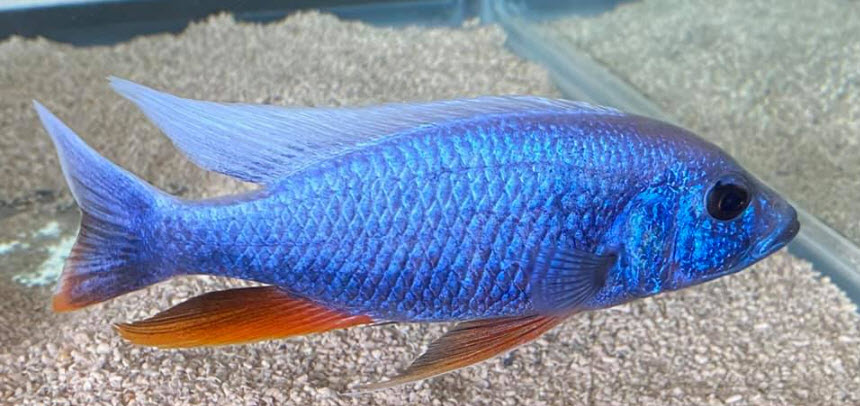
Further Information on CO2 Systems
More information on setting up a high tech CO2 injection system can be found at this link:
15.6.3. High Tech CO2 System
There is a low cost, low tech system which adds considerable CO2 to an aquarium. The details of this system can be found at this link:
15.6.1 Low Tech CO2 Aquarium System
Another type of aquarium uses a wood rich soil to provide a modicum of CO2 to an aquarium:
15.8. Walstad Aquarium
Yet another type of planted aquarium uses wood pellets to provide extra CO2:
15.10. Hybrid Planted Aquariums
Another system to add CO2 to an aquarium is one where one uses food as the CO2 source. This interesting method is examined in this link:
15.6.4. CO2 from Food
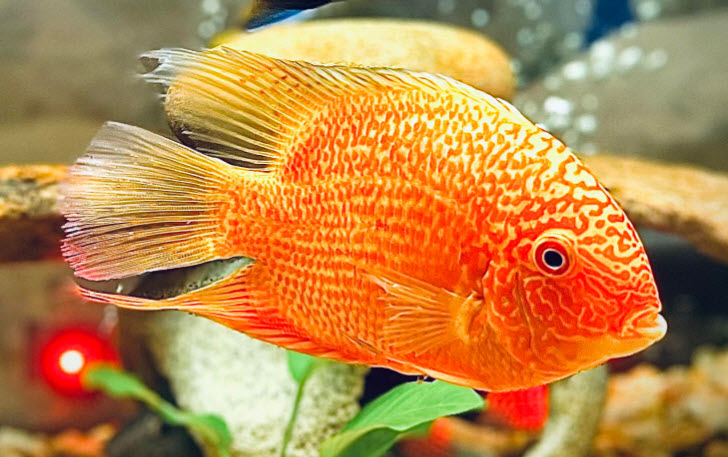
Measurement of the CO2 level in an aquarium is covered in this link:
15.6.6. Measuring CO2
The marketing “snake oil” claim of “liquid carbon dioxide” is examined in this article
15.6.5 Liquid CO2
The intricate relationship between Plants, KH, pH and CO2 is covered in this link:
15.6.2. KH, pH, CO2 Relationships in a Planted Aquarium
And some additional data on the very complex Bermuda Triangle of pH, KH and CO2 can be found in this link:
4.4.3. Carbon Dioxide and pH
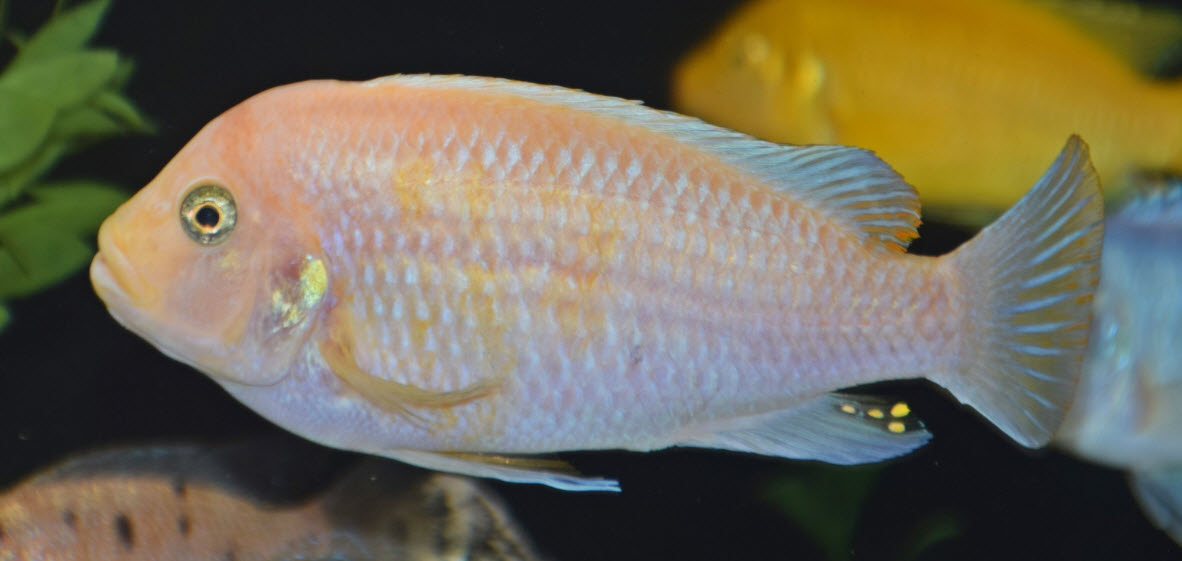
.
Return to Planted Aquarium Menu
.
Aquarium Science Website
The chapters shown below or on the right side in maroon lead to close to 400 articles on all aspects of keeping a freshwater aquarium. These articles have NO links to profit making sites and are thus unbiased in their recommendations, unlike all the for-profit sites you will find with Google. Bookmark and browse!
.

Rahul says
How was the 0.5ppm co2per hour value determined?
Because of the requirement per hour is so less, why the need to maintain 20-30ppm co2?
Also, the total co2 required shouldn’t not be calculated on a 24 hourly basis.
As co2 is only required in any amount during photosynthesis.
In other times, it needs to be gassed off.
Usually photoperiod is 6-8 hours
So calculation should be more like 20ppm x 8 hours = 160ppm and then multiply it with volume of tank.
For a 20 gallon, roughly 74 litres
It comes to 12gms approx.
1ml of co2 is roughly 2 mg co2.
Confused fish keeper says
This may seem like an obtuse question, but in the quoted article “CO2 Striking the balance” under “Science of Carbon Dioxide and Plants in the Aquarium” there is a proportional relationship between Oxygen and Carbon Dioxide, Isn’t there a limit to how much of any gas can be held in the water? And how is this influenced by temperature, minerals, trace elements, PH. I realize this is a complex question. I will continue reading as this site has offered some of the most useful explanations.
Dave says
In reply to Jonathan …. There should be no problem with using sodium carbonate. (but note I’ve never done it so…..)
Jonathan says
Good afternoon, David,
As I mentioned a few weeks ago I reference your website constantly and have found it to be an invaluable resource. As I understand that you are a chemist I am wondering if you could tell me if there would be a problem using sodium carbonate in place of sodium bicarbonate in a DIY Baking soda + Citric acid CO2 generating system. The variation in the composition of the ingredients is minor, but I have to assume that it does not necessarily follow that the difference between the two chemical reactions would be equally minor.
Dave says
In reply to Yan …. You are correct. It won’t work. The sump will remove the CO2.
Yan says
Does a system with low tech c02 (from soil) with k1 fluidized sump and no surface agitation works ? Well, your aquarium does not have surface loss of C02, but your sump have a lot it. It seems would not work.
Anonymous says
By polycycloglutaracetal I’m assuming they mean the cyclic trimer. As metaformaldehyde (1,3,5-trioxane) is to formaldehyde.
Good to know it’s liquid co2 is all snake oil, the pet shop recommended it to me.